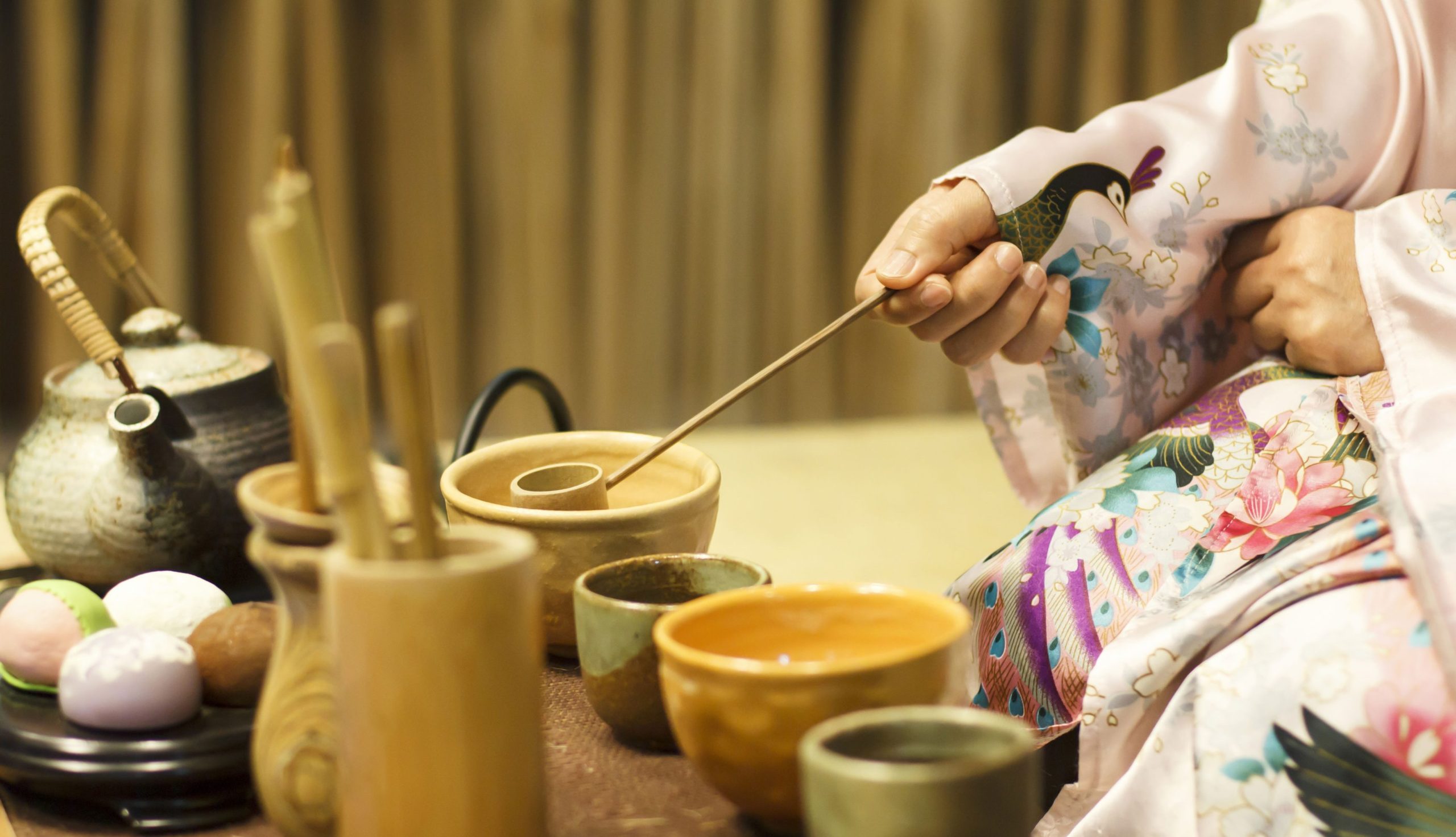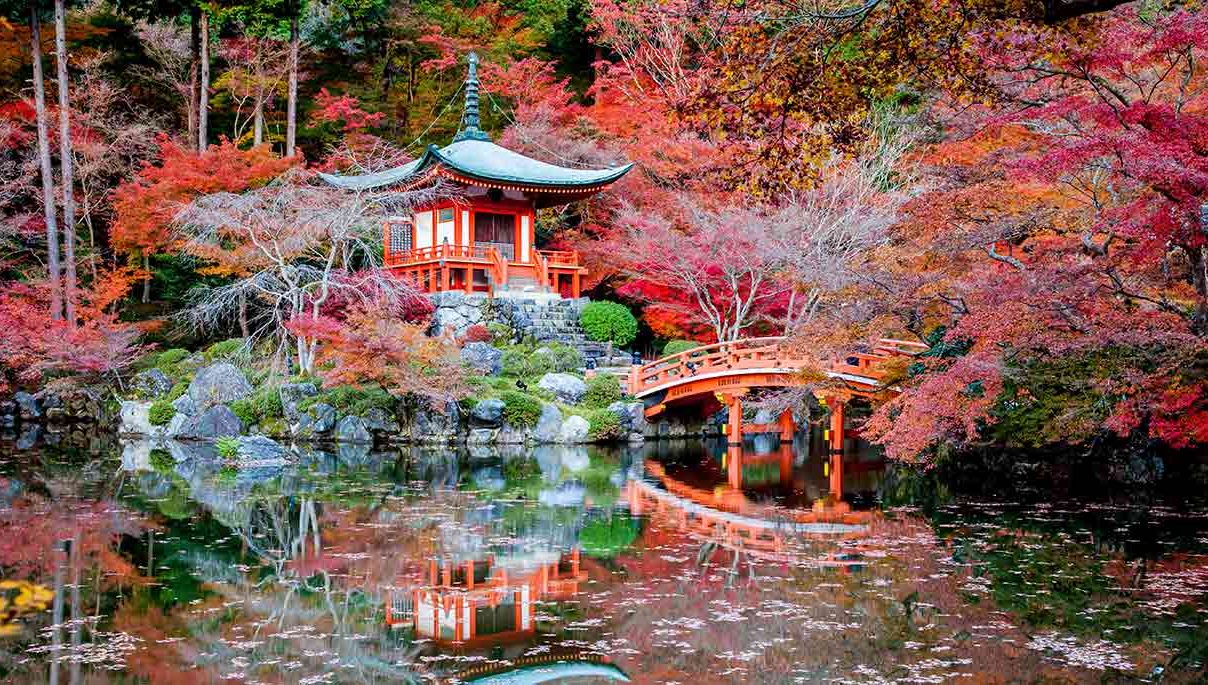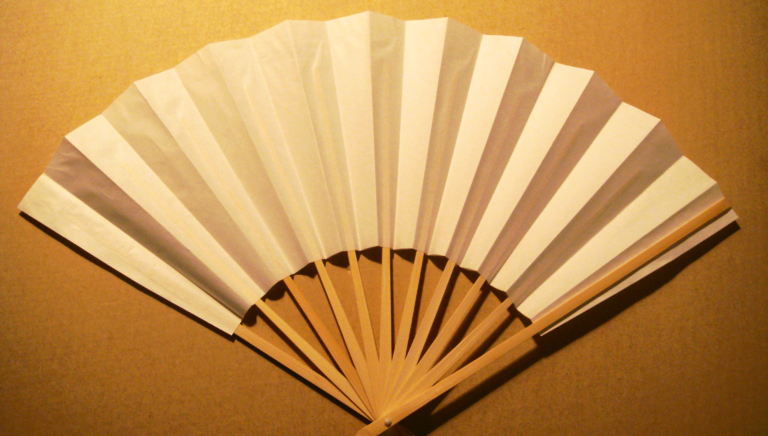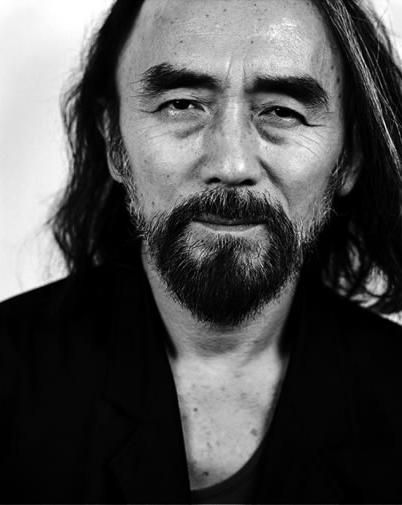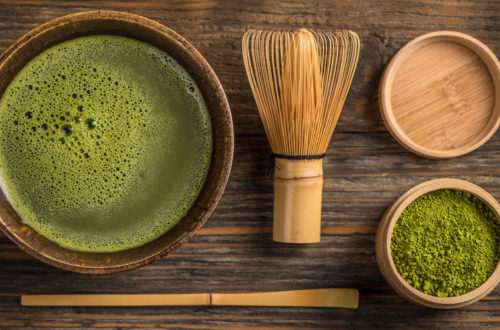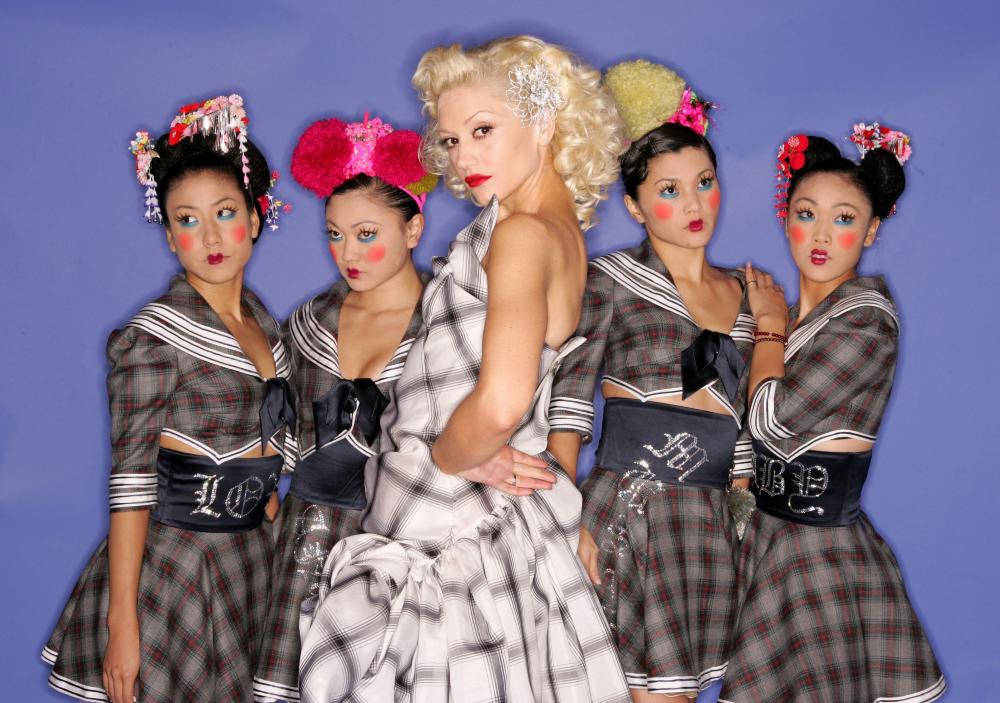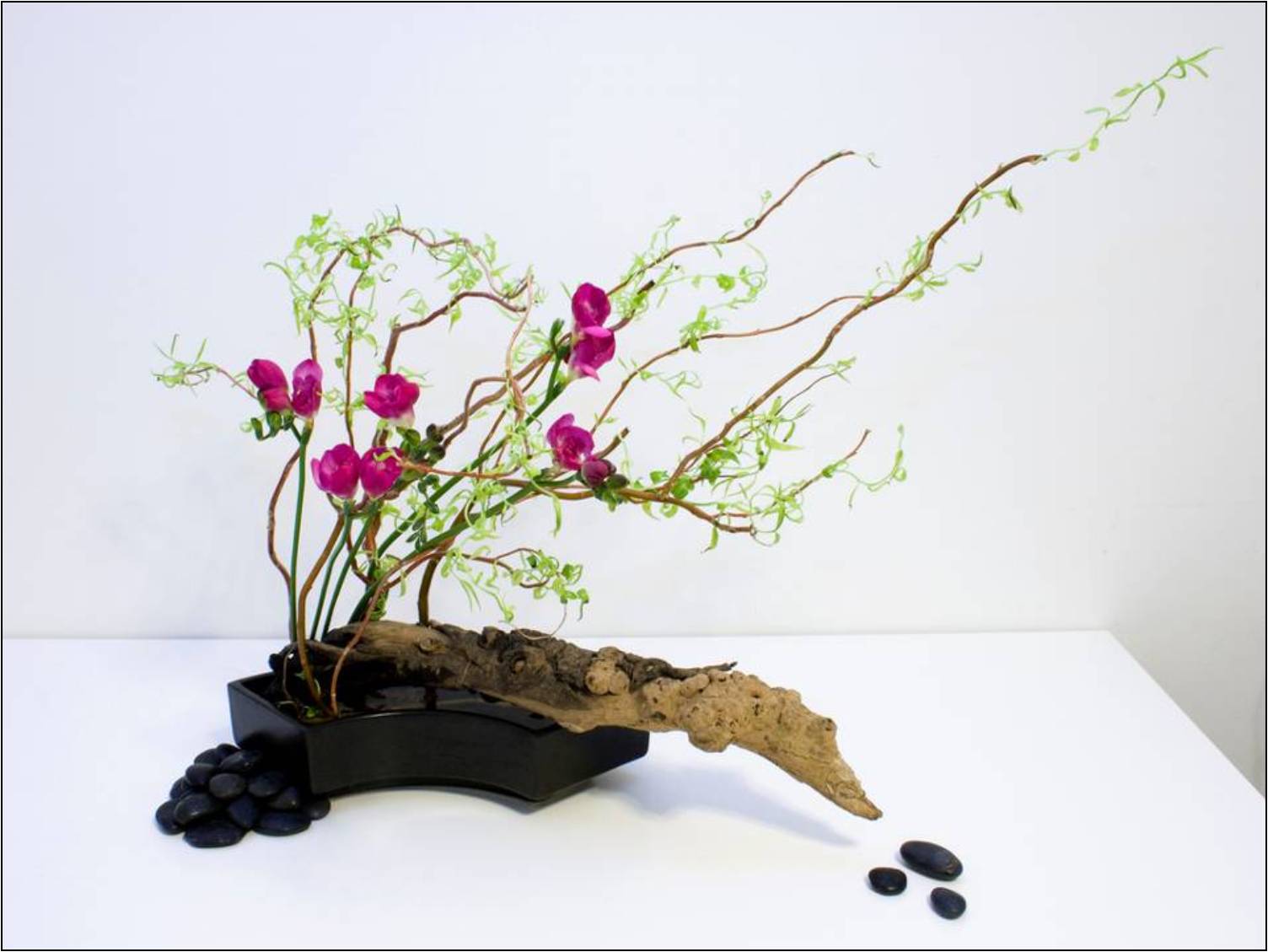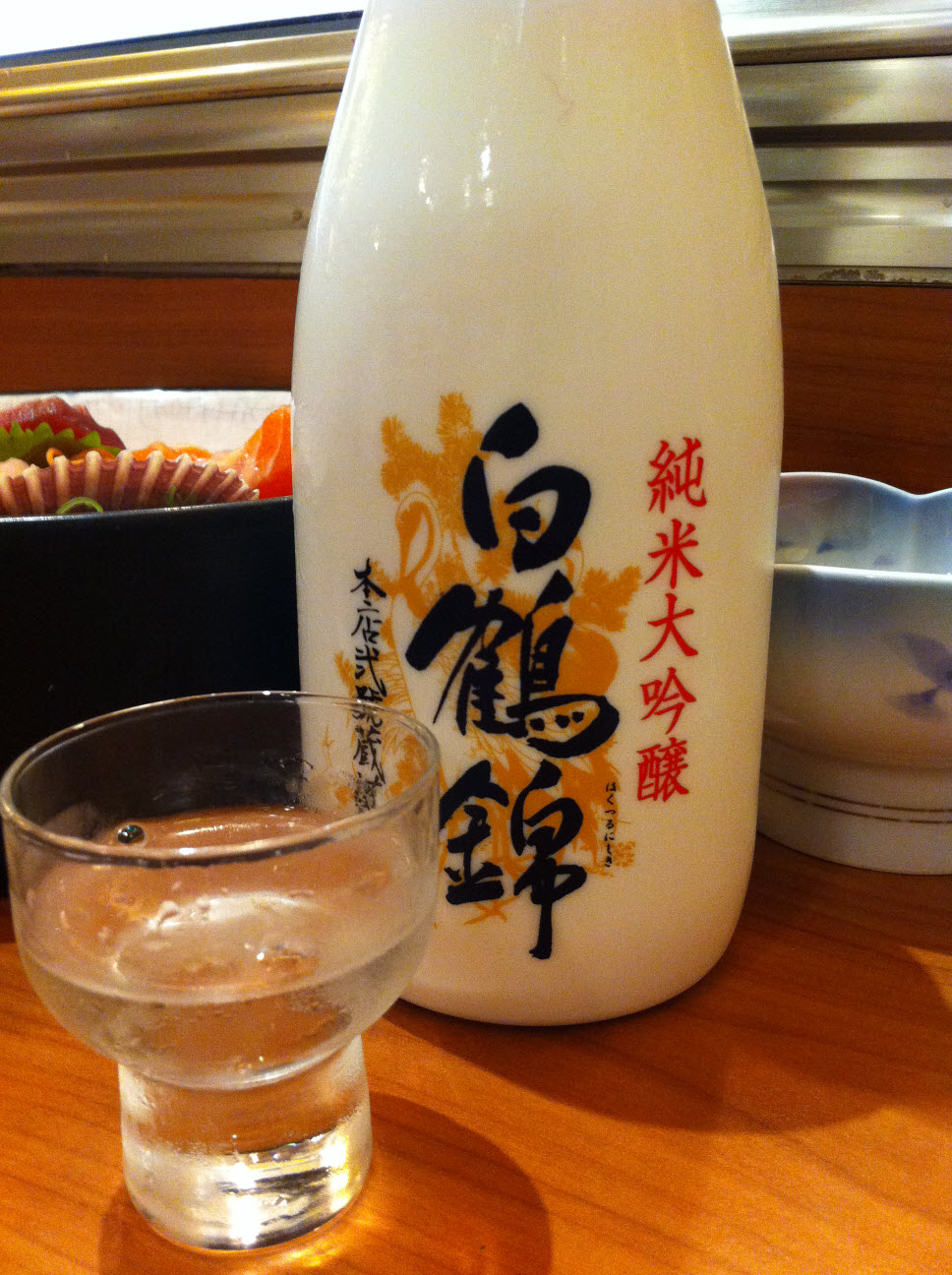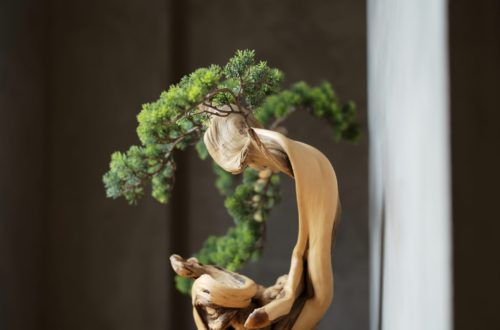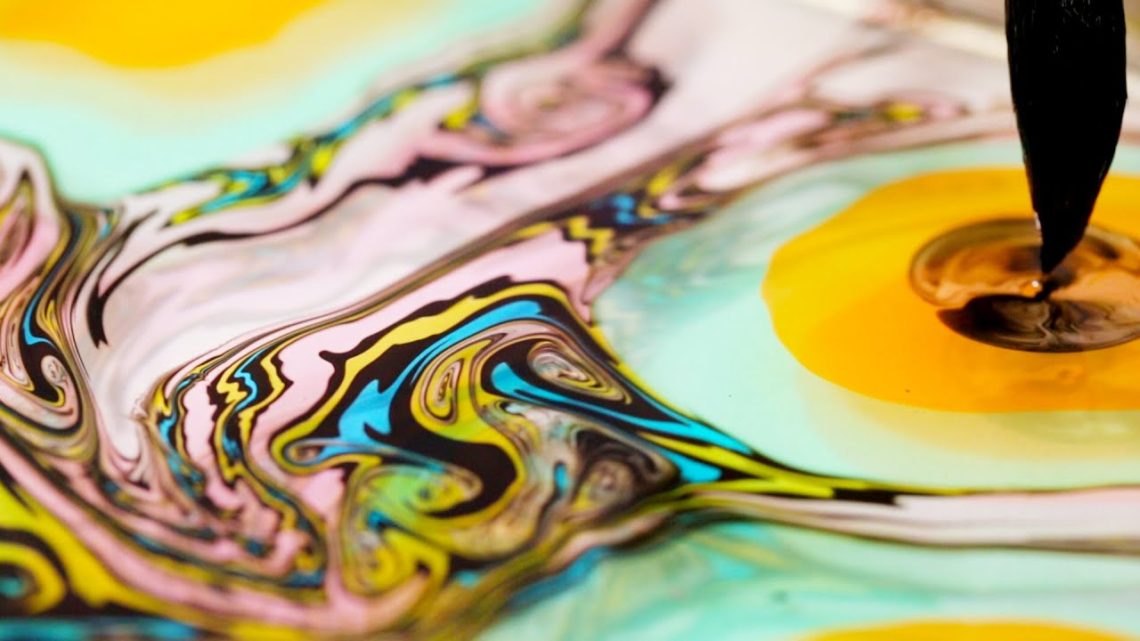-
Yohji Yamamoto, Avant Garde Visionary
Yohji Yamamoto, debuted his first fashion collection in Paris in 1981. In an interview with the New York Times in 1983, Yamamoto said of his designs: “‘I think that my men’s clothes look as good on women as my women’s clothing […] When I started designing, I wanted to make men’s clothes for women.” More recently he has expounded: “When I started making clothes for my line Y’s in 1977, all I wanted was for women to wear men’s clothes. I jumped on the idea of designing coats for women. It meant something to me – the idea of a coat guarding and hiding a woman’s body. I wanted to protect…
-
Putting the Culture of Japan Together with Sake
In Saijo, Hiroshima Prefecture, the largest room in the home of Hisao Maegaki, president of the sake brewery Kamoizumi Shuzo, is set for a feast. Zabuton floor cushions and red ozen, the low tray-tables traditionally used for dining in Japan, form a circle on the tatami floor, and the windows look out onto two exquisitely manicured rock gardens. The guests of honor are eight sake educators from around the globe who have come to Japan for an intensive, five-day training course created by London’s Wine and Spirits Education Trust (WSET), one of the world’s most respected certifying bodies for wine and spirits professionals. While the main purpose of the trip…
-
Gwen Stefani Celebrates Japanese Culture?
TIME asks Gwen Stefani of NBC’s The Voice and No Doubt fame, “Looking back on Love. Angel. Music. Baby., do you regret the Harajuku Girls given the criticism you received?” Guess what, she doesn’t! From TIME: No. There’s always going to be two sides to everything. For me, everything that I did with the Harajuku Girls was just a pure compliment and being a fan. You can’t be a fan of somebody else? Or another culture? Of course you can. Of course you can celebrate other cultures. That’s what Japanese culture and American culture have done. It’s like I say in the song [“Harajuku Girls”]: it’s a ping-pong match. We do something…
-
Teaching Suminagashi
Kathryn Fanelli, a painter in Amherst, Massachusetts, works with traditional Japanese suminagashi (“floating ink”) techniques — dropping pigments onto the surface of water and mixing them into designs before lifting the image from the water using paper. Fanelli says she began using the technique five years ago after she experienced something similar in a dream. The Eastern approach to art, she adds, allows her to slow down her pace and work in a “relaxed but aware state.” Slowing down to “the speed of one’s breath,” Fanelli says, allows her to pay attention to her thoughts and what is happening with her hands, opening up a new level of awareness. Read more…


